Jasper, Canada rebuilds tourism and town after 2024 wildfire
Jasper is a crucial stop for visitors to the Canadian Rockies. Last July, a wildfire ripped through a third of its buildings. How is it faring now? | WATCH VIDEO

Winter has turned Edith Lake just outside the Canadian town of Jasper into a pale sheet of turquoise. Across the icy surface on the opposite shore, log cabins hunker among spruce and pine trees, overlooked by the snow-riven point of Pyramid Mountain. It feels like a classic Canadian Rockies scene, except for the stark silence. Normally, the breeze would be rustling forest fronds but where I’m standing, on the southern lake shore, there is no vegetation. Instead, I’m surrounded by the pencil-straight trunks of charred trees. When I hear a sudden crack and thump, it’s the sound of a dead branch falling into a thick blanket of ash. The landscape has been utterly transformed. It’s eerie but also strangely beautiful. Blackened logs shine silvery in the bright sunshine; tree trunks dotted with vivid golden patches, caused by sap boiling through the bark, are silhouetted against a brilliant blue sky.


In July last year, after weeks of hot, dry weather, lightning sparked fires to the north and south of the popular tourist hub in Jasper National Park, Alberta. Strong winds rapidly turned the southern blaze into a monster inferno that shot flames into the sky and created roaring tornadoes. As the situation turned perilous, 5000 locals and 20,000 tourists were evacuated. The fact that so many people, including those who were exploring back country trails without mobile signal, were led to safety is testament to the extraordinary efforts of emergency workers. Jasper itself was not so fortunate. Despite the best endeavours of firefighters, one of whom was killed by a falling tree, a third of its structures were lost; almost all were homes.
I’ve come to Jasper seven months later, in February, to see how it is faring. The town is the only settlement within the UNESCO World Heritage-listed national park, the largest in the Canadian Rockies. This makes it a vital stop for the 2.4 million domestic and international tourists who flock here each year.
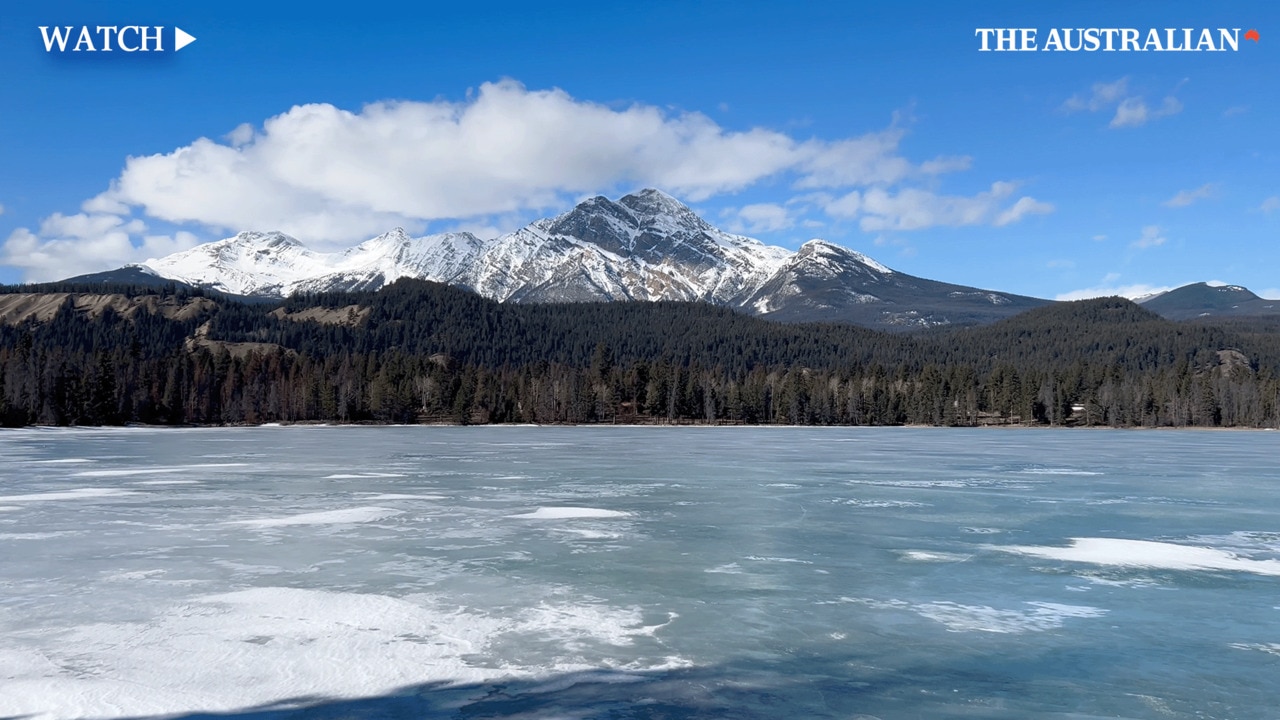
The destination holds a special place in the hearts of Australian travellers. Many visit on itineraries that includes Lake Louise, known for its glacial beauty, and the bustling resort town of Banff. They arrive on the Rocky Mountaineer train or by car via the spectacular scenery of the Icefields Parkway. Plenty of young Aussies end up staying here too, manning the chairlifts at Marmot Basin ski resort or working in hospitality. This affection for Jasper meant news of the wildfire and the impact on the town was felt deeply far and wide. After all, Australians know too well the devastation bushfires can wreak.
Tyler Riopel, chief executive of Tourism Jasper, tells me locals have gone through stages of shock and grief and are now starting to consider the positive opportunities that rebuilding might present.
“It’s not often that you get to take an iconic destination like Jasper and reimagine a few things,” he says.
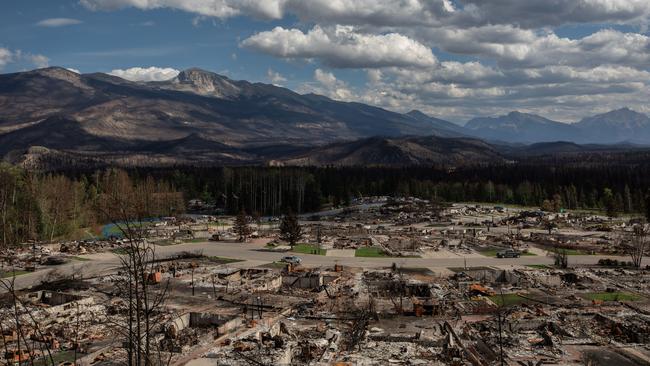
He points out that the region’s topography has been exposed, setting the stage for the emergence of flora – wildflowers, fireweed and tree species such as aspen and poplars – not seen for decades. This, in turn, should attract wildlife back to places that dense forest had rendered uninhabitable. “These forests are going to look like this for a long time,” Riopel says. “This spring, all of a sudden these hills will be colours we haven’t seen from town for 100 years … We should see a resurgence of nature-based tourism in Jasper, not just adventure-based tourism. We should see increased wildlife activity, we should see a forest going through its natural ecological process.”

It’s a sentiment echoed by Sundog Tours’ Yvonne Hannah, who leads our small group on the company’s new Wildlife and the Ecology of Fire excursion. The outing represents a smart pivot by Sundog, embracing Jasper’s new normal. Hannah explains how, over about 15 years, climate change and the actions of the voracious pine beetle combined to create a tinderbox in the national park. The insects burrow into the bark of trees to lay their eggs. When the larvae hatch, they produce a chemical compound that destroys the trees’ ability to absorb nutrients and water, ultimately killing them. In the past, cold weather acted as the forest’s protective armour; larvae can’t survive sustained temperatures of minus 30C. But without those extended winter lows, the pine beetle cut enormous swathes through the foliage, creating conditions ripe for wildfire.
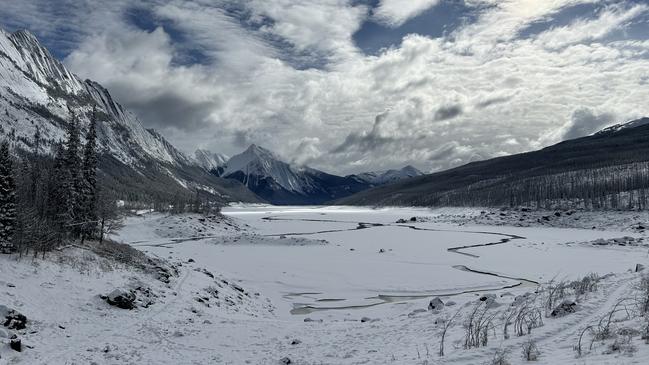
Our tour zigzags in and out of fire-affected zones over three hours, during which we see bighorn sheep and white-tailed and mule deer grazing beside the road. A moose plods heavily across our path and disappears into the forest. Medicine Lake, a giant bathtub in which water levels rise and fall each year via a network of subterranean caves, is resplendent in white, reached on a road covered in squeaky fresh snow. The black and grizzly bears that call the park home are still snoozing in their winter dens, but we learn how a mother grizzly, fitted with a GPS collar by Parks Canada, survived by sheltering with her cubs in the Athabasca River.
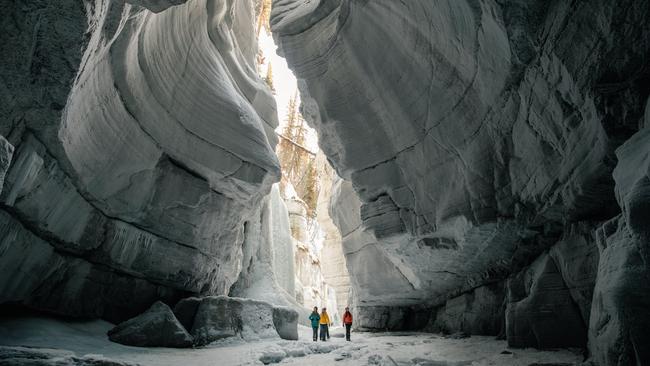
Before the blaze, Maligne Canyon was a pillar of Jasper’s tourism offerings. Guides would take visitors through the craggy gorge, exploring its caverns and waterfalls, which in winter freeze into abstract sculptures. Hannah takes us to a viewpoint looking out over the rift, which remains off limits due to safety concerns; a section is likely to open this summer. The fire has stripped the canyon’s surrounds bare but Hannah is philosophical.
“It’s necessary for these forests to burn every now and then … these are the cycles of the planet,” she says, adding: “People are seeing things in the mountains that they’ve never seen before. It opens up the land and you can actually see so much more.”
If feels like you can see forever from one of the highest points at the Marmot Basin ski field. Brian Rode, vice-president of the resort, is grateful “the Hill”, as it’s affectionately known, was spared the wrath of the inferno, though it came “darned close”. Visitation has been down this northern winter and he wants the world to know that Jasper remains an authentic mountain town and is open for business. “It’s different with all the burnt trees but it’s still remarkably beautiful. The mountains are still pointy – they’re still here,” he says.
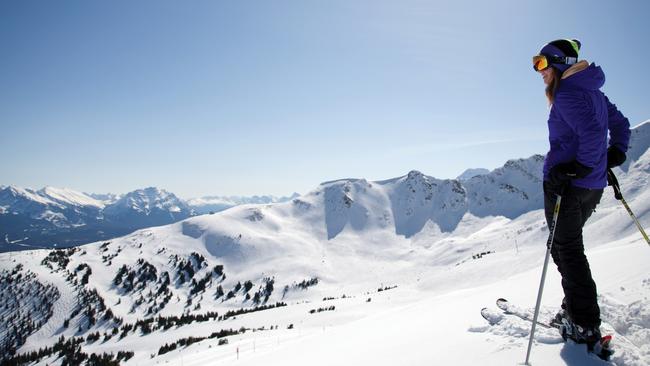
On a bluebird day, ski instructor Paul Schmidt takes me to the top of the Paradise Quad Chair where braver folk than I tackle double black diamond runs called El Diablo and No Fear. “No Way” is more like it, and Schmidt respects my preference for cruisy groomed runs, of which there are plenty. About 400 kids have descended on Marmot for the Jasper Junior Olympics. I watch enviously from a chairlift as pint-sized slalom racers with impossibly flexible knees and hips are put through their paces. Despite the influx, Marmot feels blissfully crowd-free. There’s no queuing at the lifts and the mountain is easy to navigate, with less than a quarter of the amount of skiable terrain than Whistler Blackcomb.
Schmidt, who also works as a counsellor, reveals the personal toll the fire took on him and his family. He lost the house he shared with his wife and two boys; the homes of his mother and sister were also razed. Yet he’s remarkably positive as he talks about the long process of rebuilding.
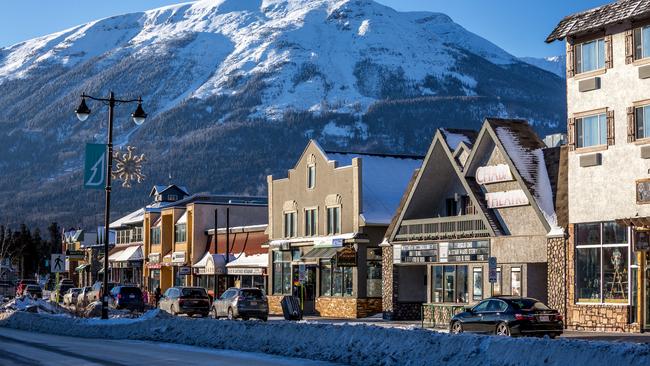
He is typical of many Canadians I meet during my stay; outsiders who come to Jasper for a seasonal job and are so charmed by the town they never leave. That sense of belonging is evident at the community centre every Sunday during winter when hundreds of people converge on the hall for a mass dinner. The initiative began almost 30 years ago during a particularly poor season when ski-industry employees struggled to secure regular work. Wanting to ensure they didn’t lose such a critical workforce, locals banded together to prepare a weekly meal. It’s still going strong and has become even more important for morale. On the night I visit, there’s a huge, happy crowd catching up over beef bourguignon at long communal tables.
Stroll the streets of Jasper and the imprint of the wildfire is clear. With cruel randomness, some buildings succumbed to embers while those around them were left unscathed. Some sites have been cleared, leaving gaps in the streetscape rather like a missing tooth. But by and large, the business centre is unchanged.
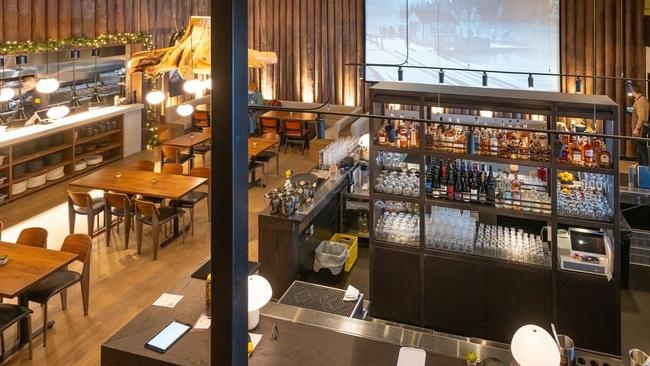
One venue that weathered the storm is The Maligne Range restaurant and distillery, which was actually meant to have its grand debut the day the flames reached town. General manager Trevor Anderson, who was working at sister venue Jasper Brewing Co at the time, recalls that the restaurant team had been doing tastings and training as the situation escalated. A member of the volunteer fire brigade, he later checked on the premises and was amazed to discover it had survived, but it was a ghostly scene.
“I remember coming in just to take a peek at things and there was still food on tables and glasses on the bar … people just picked up and left.”

It’s buzzing the night I dine there. On the menu are dishes such as wafer-thin bison carpaccio and a rich Alberta beef brisket that falls off the bone. I end the evening at the convivial bar with a flight of local whiskies, consulting a flavour wheel of descriptors such as “mild wax” and “roasted peanut” that my palate is perhaps not sophisticated enough to discern.
It’s estimated Jasper lost about 20 per cent of its accommodation in July. Two hotels, Maligne Lodge and Mount Robson Inn, and a hostel were destroyed, along with some cabins and camping grounds further afield. A short drive away, Pyramid Lake Lodge, where Aalto restaurant showcases hyperlocal ingredients such as forest mushrooms, elk and saskatoon berries, was untouched. The jewel in Jasper’s accommodation crown, the storied Fairmont Jasper Park Lodge, was not entirely spared. Its Stanley Thompson-designed golf course, where Hollywood star Bing Crosby swung the odd club in the 1940s and 50s, lost many trees and is being returned to its original layout for centenary celebrations this year. Some staff accommodation was also ravaged. Happily, the main lodge and its 440-strong inventory of log-style cabins, suites and guestrooms that skirt the shore of beautiful Lake Beauvert survived.
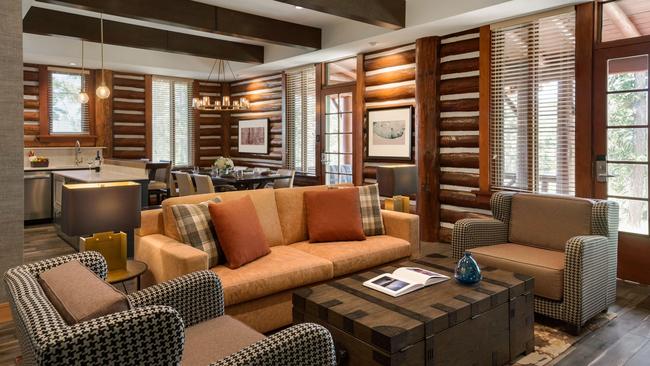
I’m staying in one of the resort’s palatial three-bedroom Ridgeline cabins, just up the path from other upmarket offerings that have hosted British royalty and Hollywood stars such as Jimmy Stewart and Bryan Cranston. Marilyn Monroe was once a guest, famously ejected from the main lodge for having the audacity to wear denim jeans. Dress codes have since relaxed at this lovely building, where arrivals are greeted by Calla, a doe-eyed golden retriever. I sip a cocktail beside the towering stone fireplace, dine in the casual Emerald Lounge, and later take a table looking over the lake in Italian eatery Orso. A massage session at the spa puts me in a soporific state, wrapped in a fluffy robe and feeling enormously grateful for my comfortable surrounds while reading about the extreme hardships endured by others in a tome called Tales of the Canadian Wilderness. It’s all rather blissful.
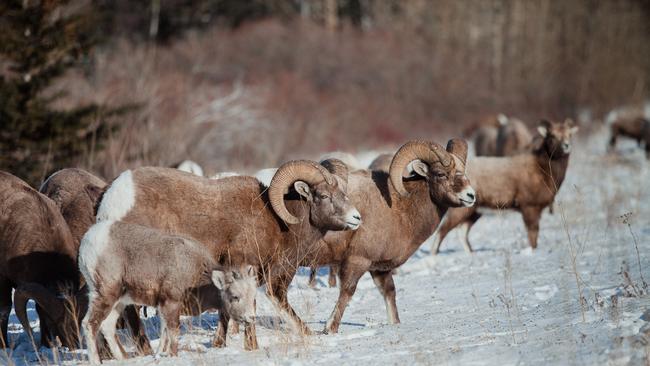
No wonder the resort is favoured by Australian tour operators such as APT and Scenic, which have been bringing guests here for decades. APT chief executive David Cox describes the lodge as a “standout highlight” and says that, post-fire, Jasper remains an essential part the company’s tour offerings. Scenic, too, says it continues to be committed to sharing the wonders of the region with its guests.
APT has donated funds to help with the recovery. “As the town rebuilds, we see our role as more than just a tour operator – we are very much a partner in its recovery,” Cox says. “By maintaining our itineraries, supporting local businesses, and contributing to community-led recovery initiatives, we aim to ensure that Jasper remains a thriving and welcoming destination for years to come.”
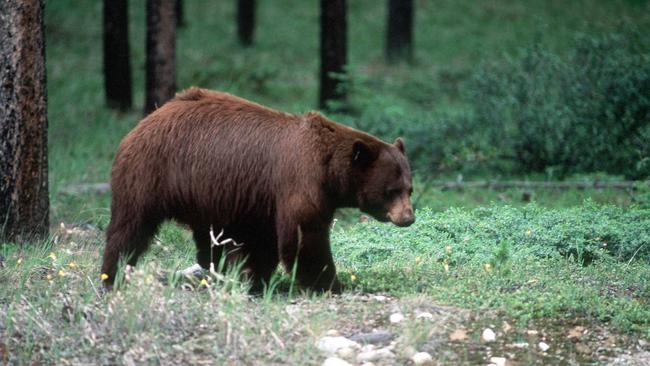
As Jasper prepares for the arrival of summer, things are looking up. Temporary housing for residents and tradespeople has been installed. The SkyTram, which whizzes guests up Whistlers Mountain, returned to service last month. Repairs are well advanced on Jasper Brewing Co, and Miette Hot Springs, with its mineral-rich soaking pools, reopens next month. Parks Canada is preparing to open sections of some of the most popular trails that were affected; elsewhere, the forest, mountains, rivers and lakes are just as beautiful as they always were. As Riopel explains, only 3 per cent of the national park burnt; it’s just unfortunate that small fraction happened to adjoin the town.
He talks about the intrinsic links between Jasper’s workforce and its visitor economy. It is first and foremost a tourism town; there is no fallback position. He believes that with the support of the industry, Jasper will emerge from the ashes, better than ever.
His message to travellers contemplating a visit is: “Travelling to Jasper is the epitomy of sustainable and regenerative tourism. You visiting this community directly supports our economic recovery, and we won’t have social recovery without economic recovery.”
My own stay has revealed a town that has experienced unfathomable loss yet discovered enormous reserves of resilience. This is not the end of Jasper, but a new beginning.
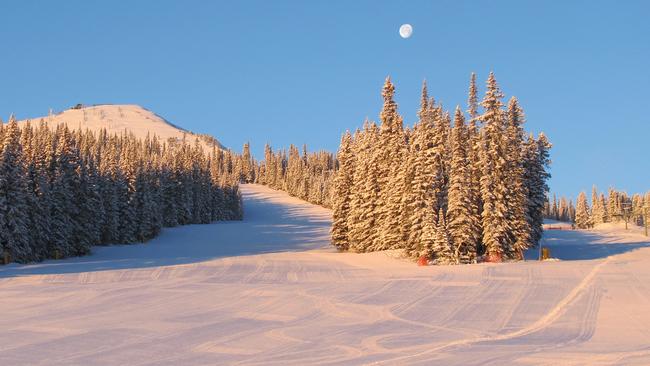
In the know
Sundog Tours’ Winter Wildlife and the Ecology of Fire tour has been adapted for spring; $C75 ($83) an adult.
Fairmont Jasper Park Lodge has rooms from $C369 a night.
Marmot Basin has single-day lift tickets from $C125 an adult; five days from $704.
Air New Zealand flies to Vancouver via Auckland. It will soon launch a new business-class cabin on this route. Visitors can fly from Vancouver to Edmonton or Calgary, or catch the Via Rail train from Vancouver direct to Jasper (about 19 hours); from $C180 an adult.
APT and Scenic offer a range of tours in Canada. APT’s eight-day Rockies Icons tour travels from Calgary to Vancouver, including Jasper; from $10,695 a person, twin-share. Scenic’s 16-day Majestic Rockies & Alaskan Cruise also travels from Calgary to Vancouver and includes a voyage on a Holland America ship; from $15,175 a person, twin-share.
Penny Hunter was a guest of Destination Canada, Fairmont Jasper Park Lodge, Tourism Jasper, Pursuit Collection and Air New Zealand.
If you love to travel, sign up to our free weekly Travel + Luxury newsletter here.


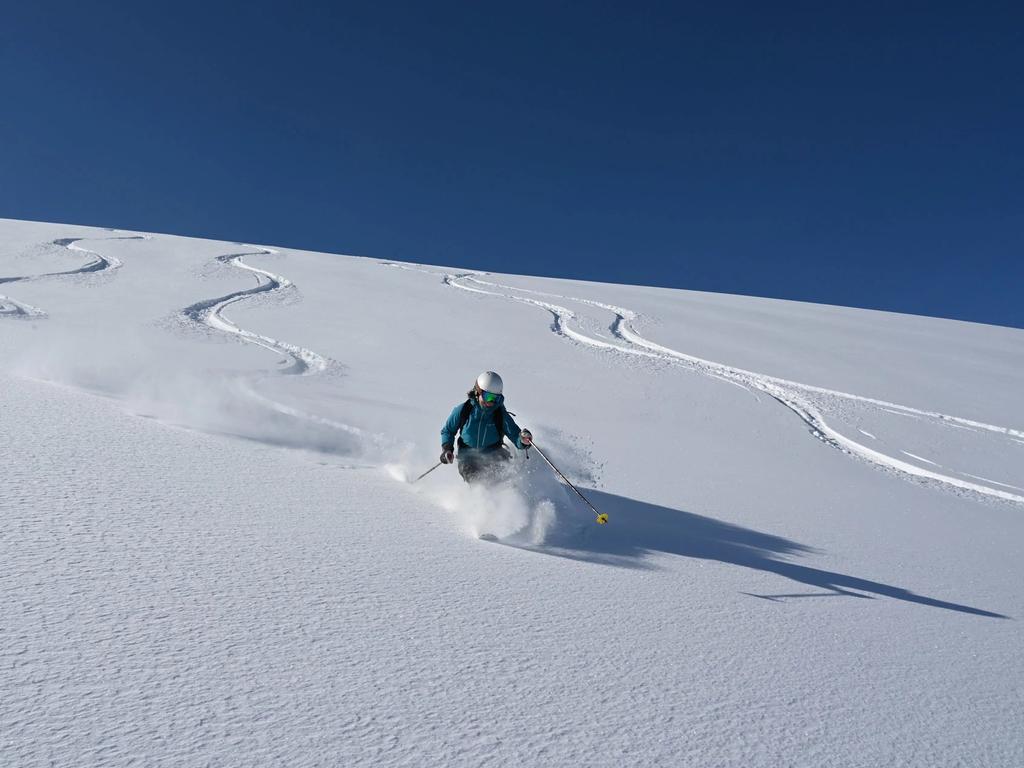
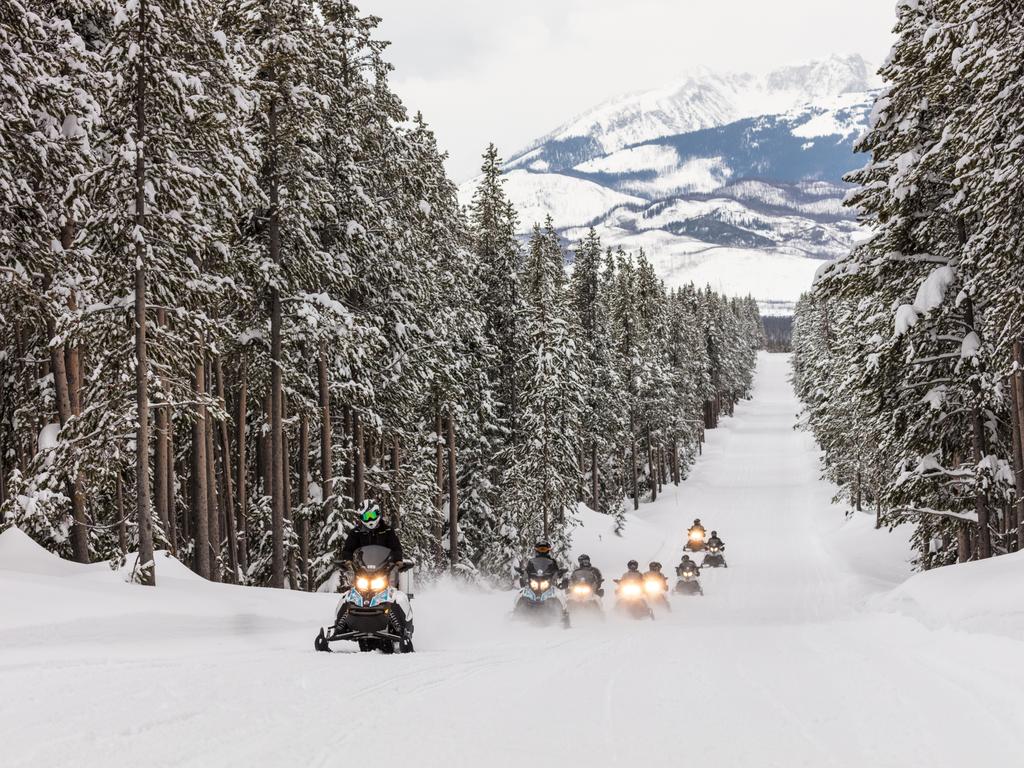

To join the conversation, please log in. Don't have an account? Register
Join the conversation, you are commenting as Logout